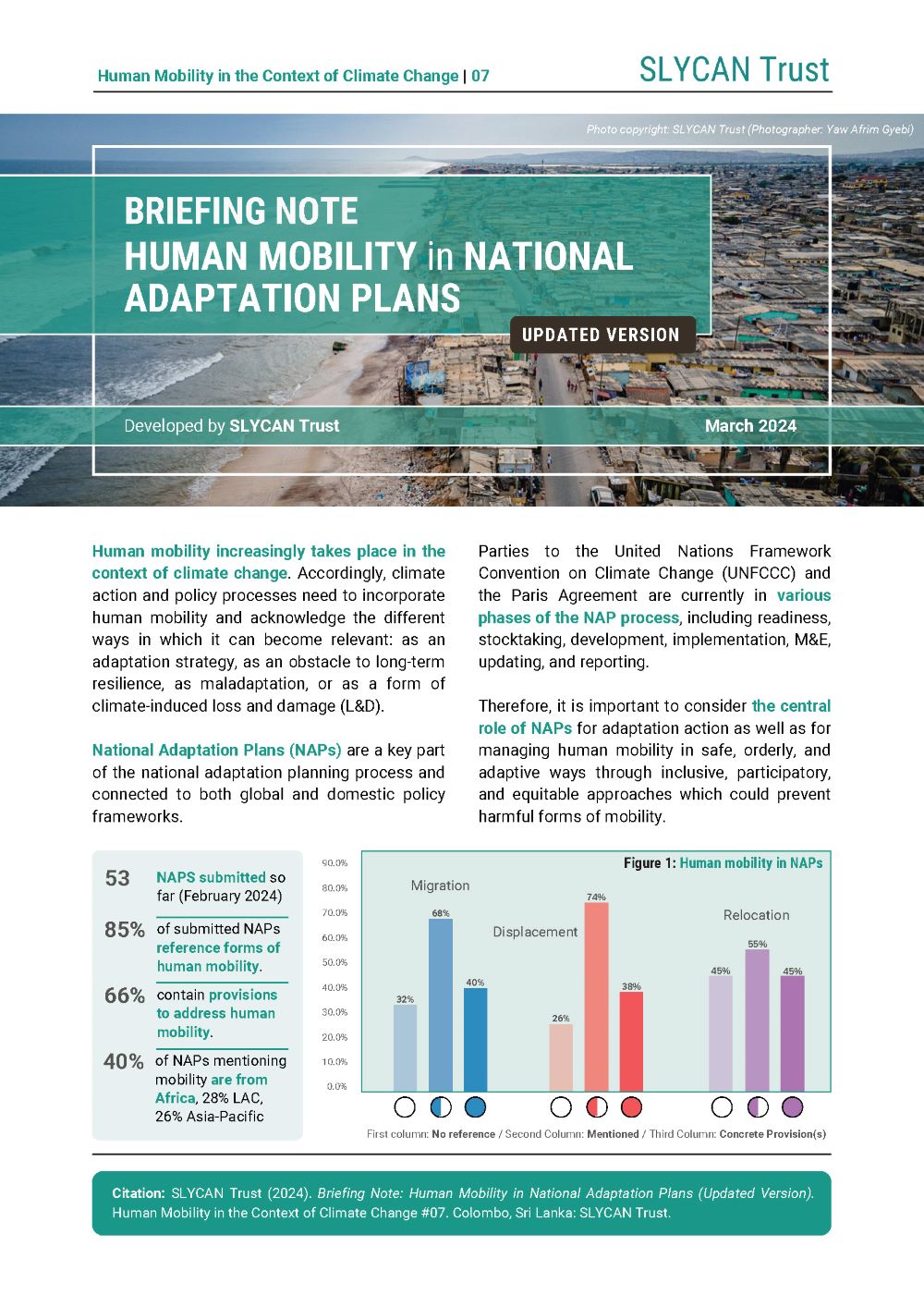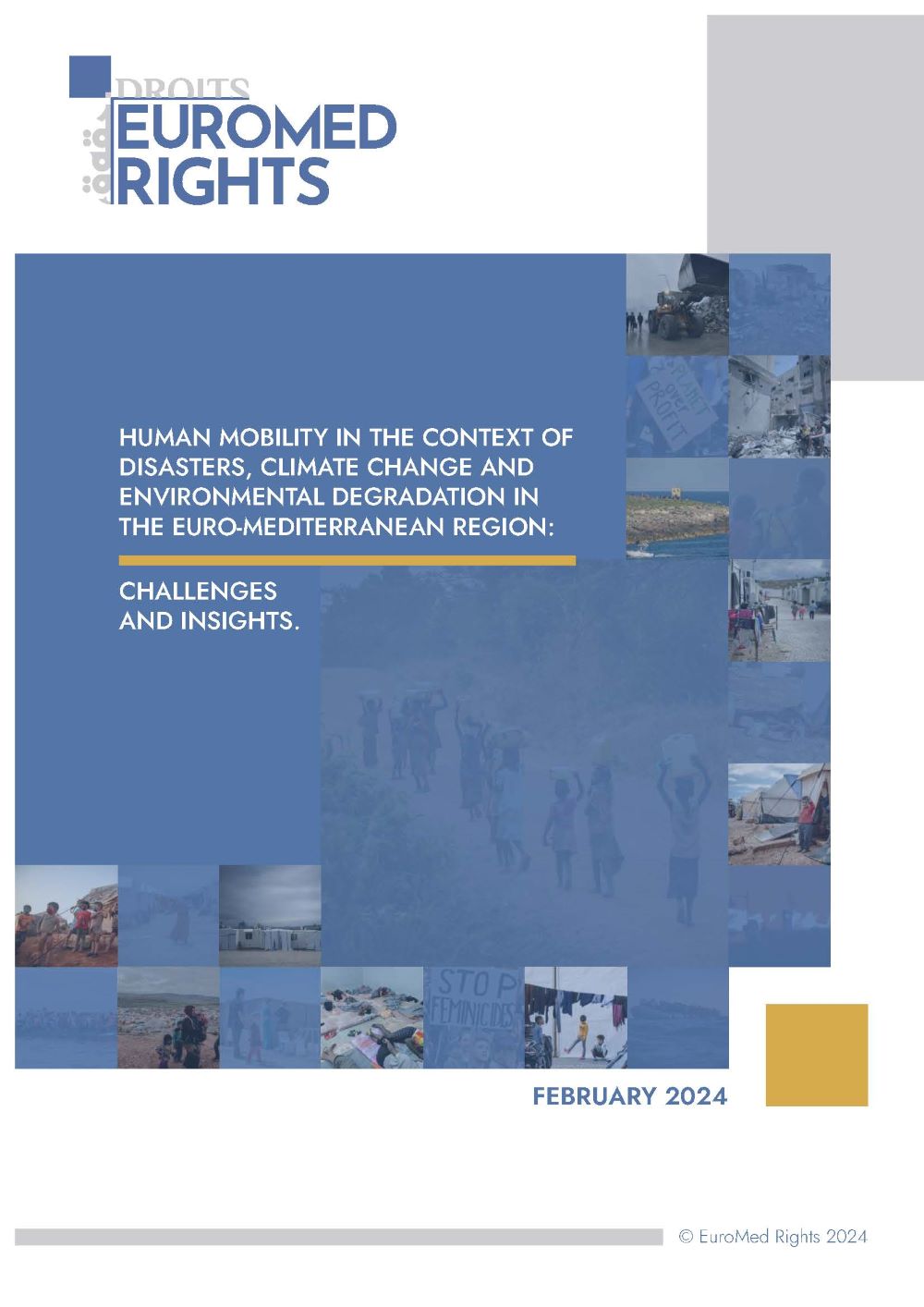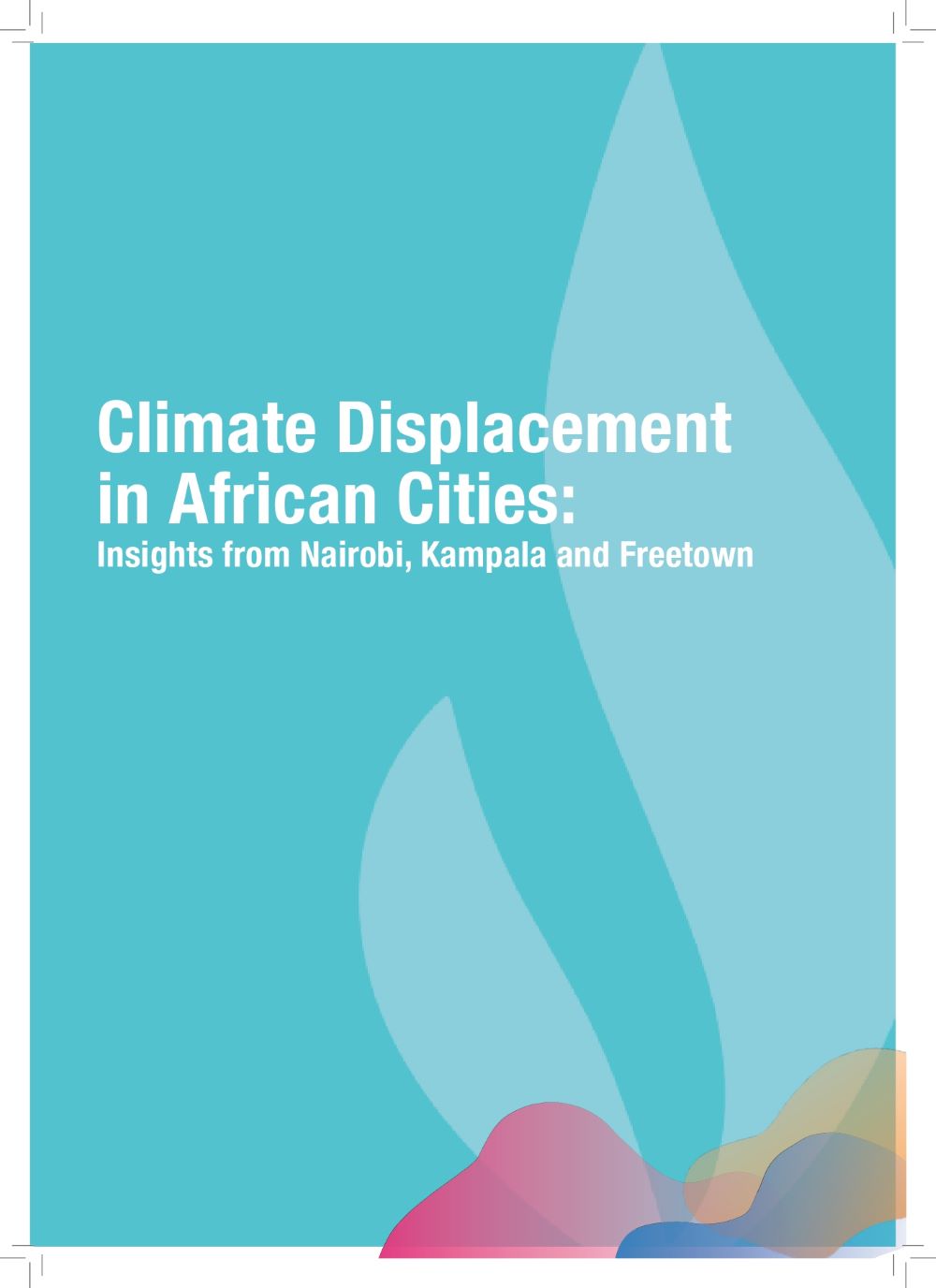“Nothing to put in your mouth”: Seeking durable solutions to drought displacement in Ethiopia
This study is part of the IDMC Thematic Series ‘No matter of choice: Displacement in a changing climate’. This thematic series explores the scale, patterns, drivers and impacts of internal displacement associated with slow-onset environmental change and disasters to inform policies and practices for managing and reducing displacement risk.
IDMC embarked on a new research programme in December 2018 to investigate internal displacement associated with slow-onset environmental change. Based on two hundred and nineteen interviews and qualitative methodologies conducted in July 2019 in the Somali region of Ethiopia, this study examines the drivers of displacement in pastoralist communities of the arid and semi-arid lowland areas of Ethiopia, and provides a better understanding of conditions and priorities for local integration to support policy and programming for durable solutions.
In the Somali region, displacement occurs when pastoral livelihoods reach a critical threshold below which pastoralism is unsustainable. There are many contributing factors to displacement in the region, and droughts that are becoming more frequent and intense are an important one. Nearly 56,000 households affected by the 2015–2017 drought are still displaced in the Somali region. Between January and June 2019, another 36,000 people in the country were displaced in the context of drought, mainly in this region. Pastoralists displaced during and in the aftermath of drought live in peri-urban camps for IDPs over a protracted period and in the midst of a neglected crisis. They are highly dependent on humanitarian aid that has gradually shrunk in the region over the last couple of years as intercommunal conflicts have taken priority.
Despite calls from the government and UN agencies to fund national and regional efforts on durable solutions, donors continue to focus on responding to a humanitarian emergency instead of supporting joint humanitarian and long-term development efforts, as envisaged by the New Way of Working. Implementing durable solutions in a scenario where humanitarian needs are still unmet is a challenge: high levels of food insecurity persist in zones such as Doolo; camps for IDPs and peri-urban areas such as Warder have poor access to water; and displaced families are still living in unprotected temporary shelters and near host communities who, themselves, have limited access to services. Addressing displacement triggered by drought in a way that goes beyond providing immediate assistance implies increased livelihood recovery activities.
In the Somali region, durable solutions strategies propose a long-term development approach to displacement, beyond supporting short-term humanitarian needs. At the national level, the Ethiopian government, in collaboration with the UN and NGOs, launched in December 2019 the first federal Durable Solutions Initiative (DSI).





